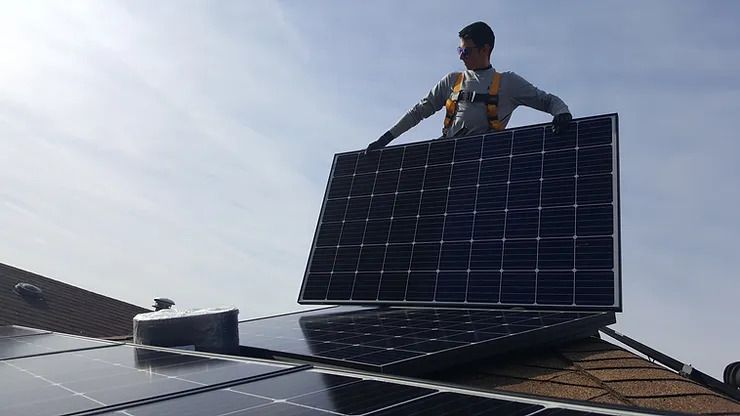- Raw material shortages, notably in metals and minerals and polysilicon are impacting the renewable energy industry
- The cost of solar panels, wind turbines, and EV batteries is climbing after years of declines
- Solar panel prices had surged by more than 50 percent in the past 12 months alone. The price of wind turbines is up 13 percent and battery prices are rising for the first time ever
The continual decline in production cost for wind, solar, and EV batteries was touted as the driver of their growing adoption and ultimate takeover of the global grid. Up until two years ago, there was no other scenario on the table—even though inflation was as much a reality then as it is now. Only now, it has become a lot more pronounced.
At a recent metals and mining conference in Riyadh, several attendees noted that the mining industry had fallen out of favor with lenders because it was deemed as damaging for the environment as oil and gas. Yet now, it is becoming abundantly clear that without the mining industry, there can literally be no energy transition. Solar panels, wind turbines, transmission lines, and EVs all depend on metals and minerals in sufficient quantities. These quantities, however, are already problematic. During the pandemic, supply chain disruptions—one of the most popular phrases of the pandemic, it would seem—wreaked havoc across industries that resulted in various raw material shortages, notably in metals and minerals and polysilicon.
Shortages typically lead to higher prices, and this is exactly what happened here as well. As a result, the cost of solar panels, wind turbines, and EV batteries started climbing—a development that virtually no renewable energy forecaster had anticipated. Bloomberg reported this month that solar panel prices had surged by more than 50 percent in the past 12 months alone. The price of wind turbines is up 13 percent and battery prices are rising for the first time ever, the report noted.
Of course, all this could be dismissed as a temporary glitch because of those pesky supply chain disruptions; once those are dealt with, prices should return to normal. Unfortunately, this argument does not hold water because the demand projections for all those metals and minerals called critical precisely because the energy transition hinges on them are invariably bullish. Put another way, the world will need a huge amount of copper, lithium, nickel, manganese, and cobalt, among others, to continue with the energy transition. And they are not coming fast.
That lending problem for the mining industry as well as oversupply in some segments of the metals market led to lower investments in new mines in recent years. That added to an already existing problem of falling ore grades: now, a miner needs to dig out a lot more ore to find the same amount of copper, for instance, than they had to 20 years ago. This means that the extraction of a ton of copper has become costlier even without the rising demand. With the rising demand projections, the outlook for copper and other critical metals is definitely bullish. But a bullish outlook for copper means higher prices for windmills and solar farms, and for EVs as well.
This is not all, either, because there is also the issue of new supply. Banks are now definitely more interested in investing in the mining industry, what with those critical metals and minerals, but their shareholders—and governments—are insisting in these metals and minerals being mined responsibly—that is, in compliance with certain ESG requirements. A recent report by Metal Bulletin notes that carmakers are now putting their mineral suppliers through a vetting process to ensure they were mined responsibly. That’s more additional costs piled on, too.
And this is not all, either, because new metal and minerals supply will be vital for the energy transition. And one of the key characteristics of the mining industry is long lead times. There is no way around it. It takes about a decade to turn a prospective deposit into an operating mine, even with the most modern technology. To sum up, then, the current trend for higher prices in the low-carbon energy sphere may very well be just the beginning of an extensive rally that could last for decades.
By Irina Slav for Oilprice.com





